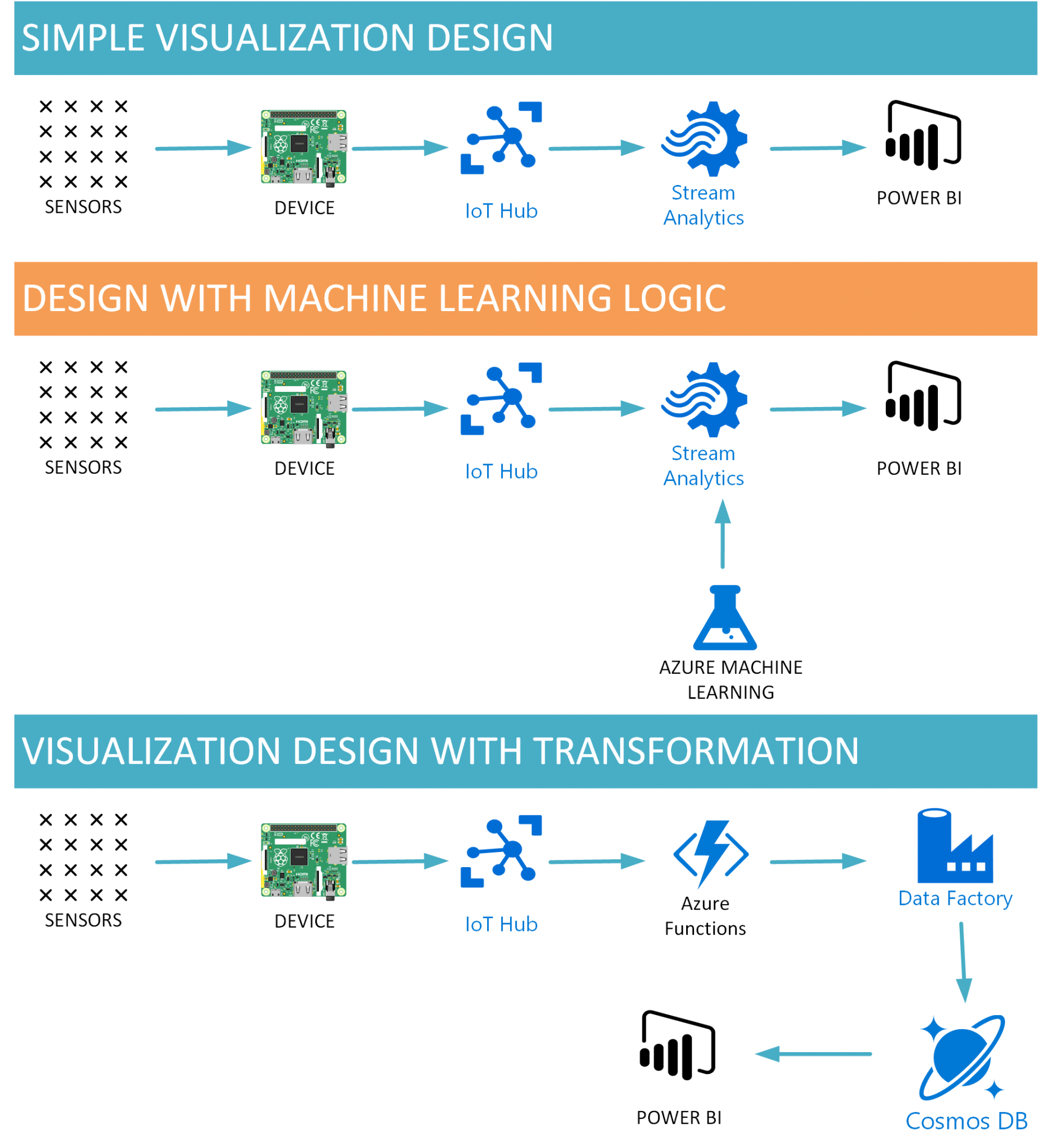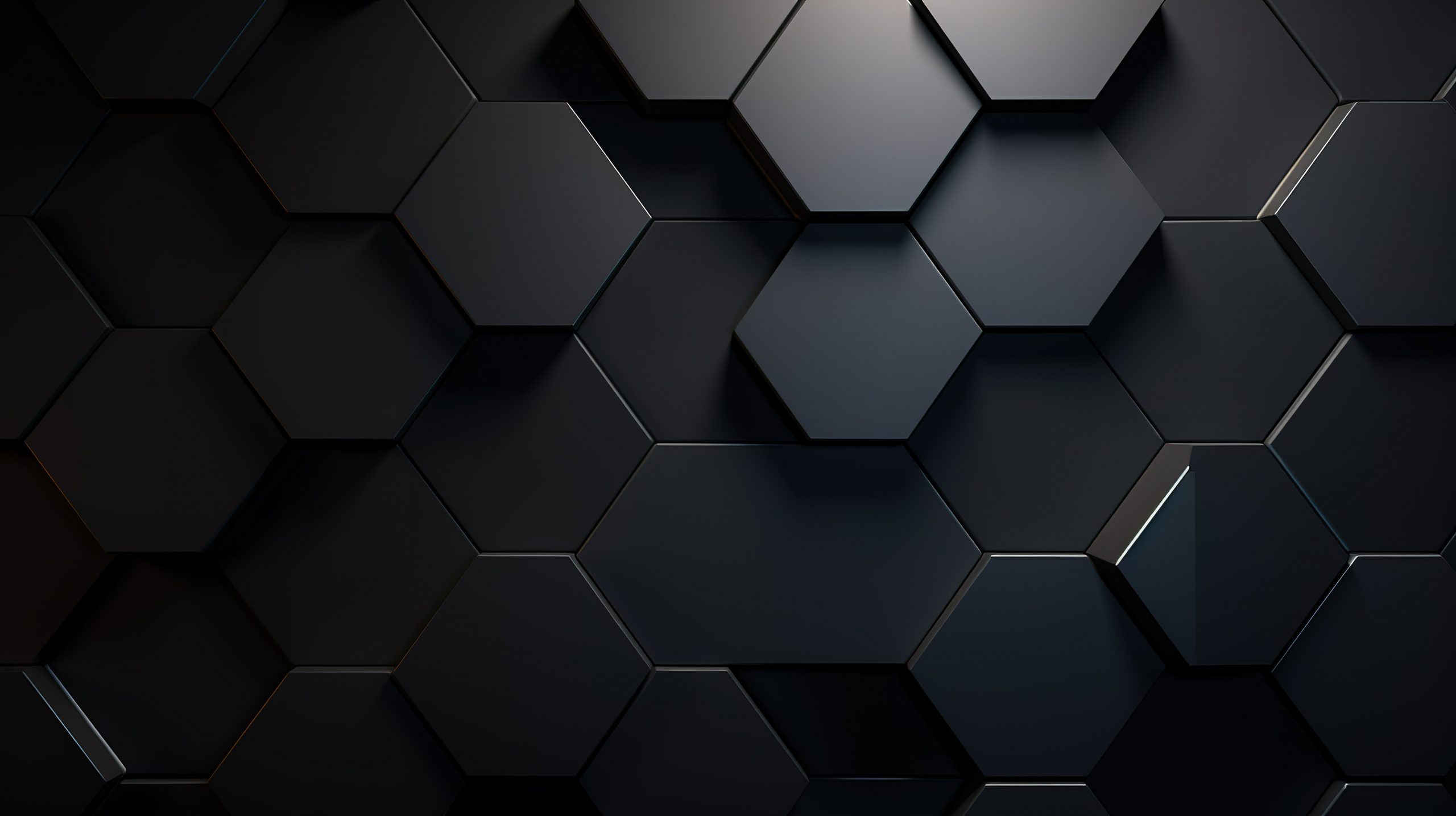IoT Data Visualization: Turning Raw Data Into Actionable Insights
IoT data visualization is not just a buzzword; it's a game-changer in today's tech-driven world. Imagine having thousands of sensors collecting data every second. Now, think about how you can make sense of all that information. That's where IoT data visualization comes in. It's like turning chaos into clarity, making it easier for businesses and individuals to understand complex data patterns.
Picture this: you're sitting in your office, sipping your morning coffee, and suddenly your IoT dashboard lights up with colorful graphs and charts. These aren't just random visuals; they represent real-time data from devices across the globe. This is the power of IoT data visualization. It's not just about making data look pretty; it's about transforming it into something meaningful that drives decision-making.
But hold up, why should you care? Well, if you're running a business or managing a project, understanding your data can be the difference between success and failure. IoT data visualization helps you spot trends, identify issues, and make informed decisions. In short, it's a tool that can save you time, money, and a whole lot of headaches. So, let's dive deeper into how this technology works and why it matters.
What Exactly is IoT Data Visualization?
In simple terms, IoT data visualization is the process of presenting data collected by Internet of Things (IoT) devices in a way that's easy to understand. Think of it as a translator that converts complex data into visual formats like graphs, charts, and dashboards. This makes it easier for humans to interpret and act on the information.
IoT devices generate massive amounts of data, and without proper visualization, it's like trying to drink from a fire hose. You might get overwhelmed and miss important insights. Data visualization tools help organize this data, highlight key metrics, and provide actionable insights. Whether you're monitoring energy usage, tracking inventory, or analyzing customer behavior, IoT data visualization can help you make sense of it all.
Why is IoT Data Visualization Important?
Here's the deal: data alone doesn't do much unless you can understand it. IoT data visualization bridges the gap between raw data and actionable insights. By presenting data in a visual format, it becomes easier to identify patterns, trends, and anomalies that might otherwise go unnoticed.
- The Unmissable Guide To Julie Pacino A Legendary Actresss Life And Career
- Discover The Secrets Of The May 25 Zodiac Your Cosmic Guide
For businesses, this means better decision-making. You can quickly see which areas are performing well and which ones need improvement. It also helps in predicting future outcomes based on historical data. For example, a manufacturing company can use IoT data visualization to monitor machine performance and predict maintenance needs before a breakdown occurs. This not only saves costs but also increases efficiency.
Key Benefits of IoT Data Visualization
Let's break it down with some bullet points:
- Improved data interpretation: Visuals make it easier to understand complex data sets.
- Enhanced decision-making: Real-time insights help businesses make informed decisions.
- Increased efficiency: Identifying patterns and trends leads to better resource allocation.
- Cost savings: Predictive analytics can prevent costly downtime and maintenance issues.
- Scalability: As your IoT network grows, visualization tools can handle increasing amounts of data.
How Does IoT Data Visualization Work?
Now, let's get into the nitty-gritty of how IoT data visualization works. The process involves several steps, starting with data collection and ending with visualization. Here's a quick rundown:
First, IoT devices collect data from various sources. This could be anything from temperature sensors in a smart building to GPS trackers on delivery trucks. The data is then sent to a central server or cloud platform for processing. Once the data is cleaned and organized, it's passed on to visualization tools that transform it into graphs, charts, and dashboards.
These tools use algorithms to analyze the data and highlight key metrics. For example, a line chart might show temperature changes over time, while a bar graph could display energy consumption by different departments. The end result is a clear and concise visual representation of the data that anyone can understand.
Types of IoT Data Visualization
Not all data visualization is created equal. There are several types of visualizations that cater to different needs. Here are some of the most common ones:
1. Line Charts
Line charts are great for showing trends over time. They're often used to track changes in temperature, humidity, or other environmental factors. For example, a line chart might display the daily temperature fluctuations in a smart greenhouse.
2. Bar Graphs
Bar graphs are perfect for comparing different categories. They can show energy consumption by department, sales figures by region, or inventory levels by product. The visual representation makes it easy to see which categories are performing better or worse.
3. Heatmaps
Heatmaps use color coding to represent data density or intensity. They're often used in smart cities to show traffic congestion or in retail stores to track customer movement. The colors make it easy to identify areas of high or low activity.
4. Dashboards
Dashboards combine multiple visualizations into one interface. They provide a holistic view of your IoT network and allow you to monitor key metrics in real-time. A dashboard might include a line chart for temperature, a bar graph for energy usage, and a heatmap for foot traffic.
Tools for IoT Data Visualization
There are plenty of tools available for IoT data visualization, each with its own strengths and weaknesses. Here are some of the most popular ones:
1. Tableau
Tableau is a powerful data visualization tool that's widely used in the industry. It offers a wide range of visualization options and integrates with many IoT platforms. Its drag-and-drop interface makes it easy to create custom dashboards and reports.
2. Power BI
Power BI is another popular choice for IoT data visualization. It's part of the Microsoft suite and offers seamless integration with Azure IoT services. Power BI provides real-time analytics and allows users to create interactive dashboards.
3. Kibana
Kibana is an open-source tool that's often used with Elasticsearch for IoT data visualization. It offers a variety of visualization options and is highly customizable. Kibana is a great choice for businesses looking for a cost-effective solution.
Challenges in IoT Data Visualization
While IoT data visualization offers many benefits, it's not without its challenges. Here are some of the common obstacles:
First, there's the issue of data overload. With so much data being generated, it can be hard to decide what to visualize and what to ignore. This requires careful planning and prioritization to ensure that only relevant data is displayed.
Another challenge is data security. IoT devices often collect sensitive information, and ensuring that this data is protected is crucial. Visualization tools must have robust security features to prevent unauthorized access.
Finally, there's the problem of complexity. Some visualization tools can be difficult to use, especially for those without a technical background. This can create a barrier to adoption and limit the benefits of IoT data visualization.
Best Practices for IoT Data Visualization
To get the most out of IoT data visualization, it's important to follow some best practices. Here are a few tips:
- Focus on key metrics: Don't try to visualize everything at once. Start with the most important metrics and build from there.
- Use simple visuals: Avoid cluttering your dashboards with too much information. Stick to simple and clear visuals that convey the message effectively.
- Ensure data accuracy: Garbage in, garbage out. Make sure the data being visualized is accurate and up-to-date.
- Test and refine: Continuously test your visualizations and refine them based on user feedback. This will help improve their effectiveness over time.
Future Trends in IoT Data Visualization
The field of IoT data visualization is constantly evolving, with new trends emerging all the time. Here are a few to watch out for:
1. Augmented Reality (AR)
AR is set to revolutionize IoT data visualization by overlaying digital information onto the real world. Imagine walking through a factory and seeing real-time data about each machine displayed in front of you. This could greatly enhance operational efficiency and decision-making.
2. Artificial Intelligence (AI)
AI is being used to automate the data visualization process, making it faster and more accurate. AI algorithms can analyze data and suggest the best visualization options, saving time and effort. This is particularly useful for large and complex data sets.
3. Edge Computing
Edge computing is another trend that's gaining traction in IoT data visualization. By processing data closer to the source, it reduces latency and improves real-time decision-making. This is especially important for applications that require instant feedback, such as autonomous vehicles.
Conclusion: Why IoT Data Visualization Matters
IoT data visualization is a powerful tool that can transform the way we understand and interact with data. By presenting complex information in a visual format, it makes it easier for businesses and individuals to make informed decisions. Whether you're monitoring energy usage, tracking inventory, or analyzing customer behavior, IoT data visualization can help you achieve your goals.
So, what's next? If you're not already using IoT data visualization, now's the time to start. Explore the various tools and techniques available and find the ones that work best for your needs. And don't forget to keep an eye on emerging trends to stay ahead of the curve.
Before you go, take a moment to leave a comment or share this article with your friends and colleagues. Who knows? You might just inspire someone to take their data visualization game to the next level. And if you're looking for more insights on IoT and data visualization, be sure to check out our other articles. Happy visualizing!
Table of Contents
- What Exactly is IoT Data Visualization?
- Why is IoT Data Visualization Important?
- How Does IoT Data Visualization Work?
- Types of IoT Data Visualization
- Tools for IoT Data Visualization
- Challenges in IoT Data Visualization
- Best Practices for IoT Data Visualization
- Future Trends in IoT Data Visualization
- Conclusion: Why IoT Data Visualization Matters
- Ultimate Guide To Free Cribbage Online Uncover The Thrills
- The Curious Case Of Lisa Marie Her Age When Elvis Passed

IOT Visualization Patterns
.webp)
IoT Data Visualization Benefits, Challenges and Use Cases

IoT Data Visualization Understand the Power of Connected IoT Devices